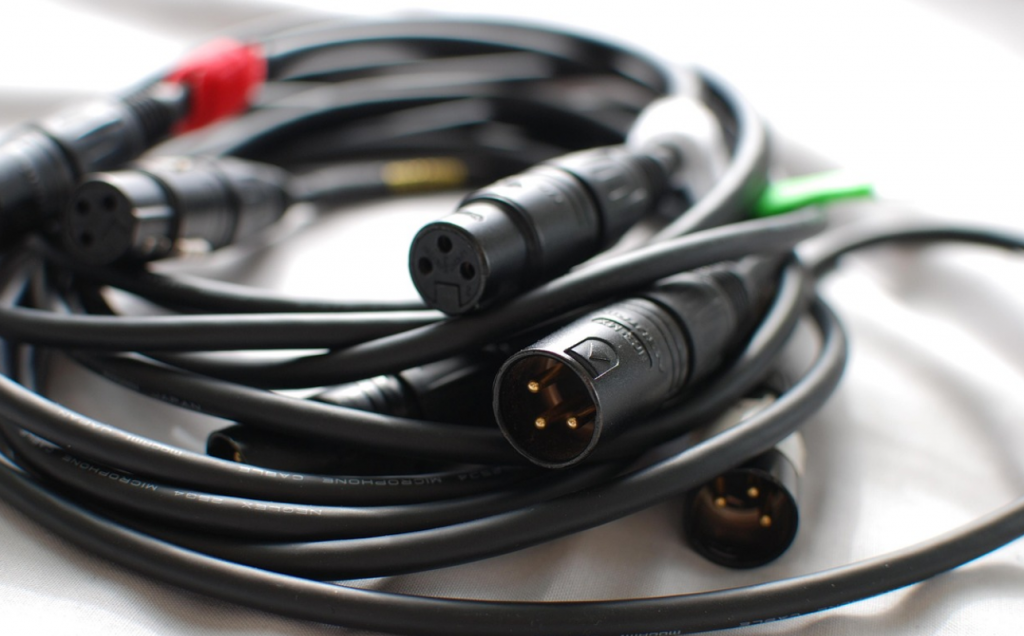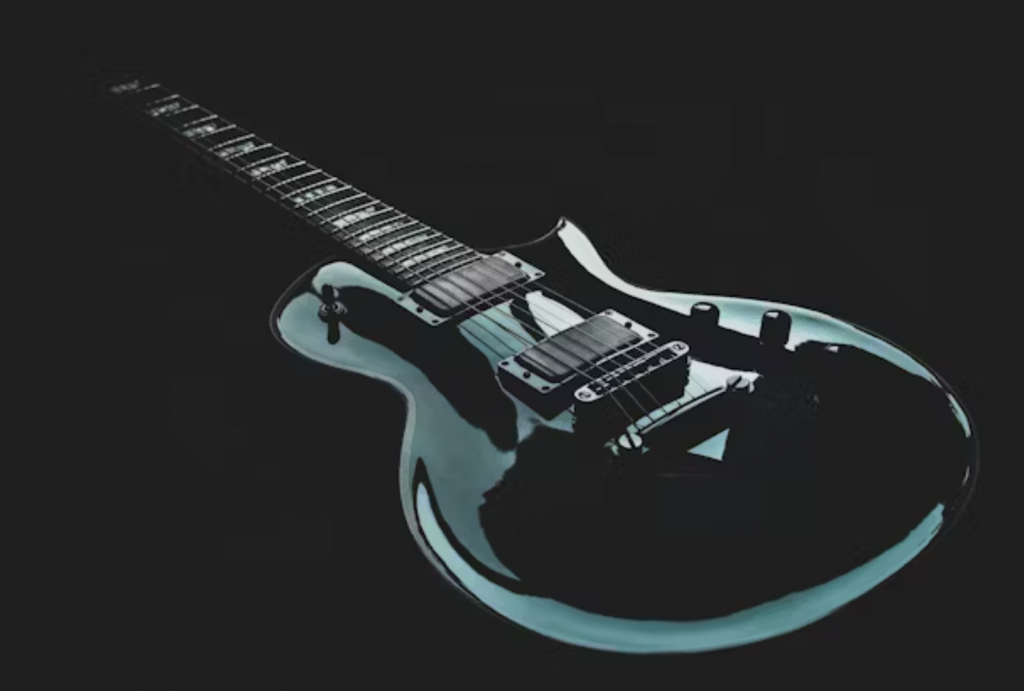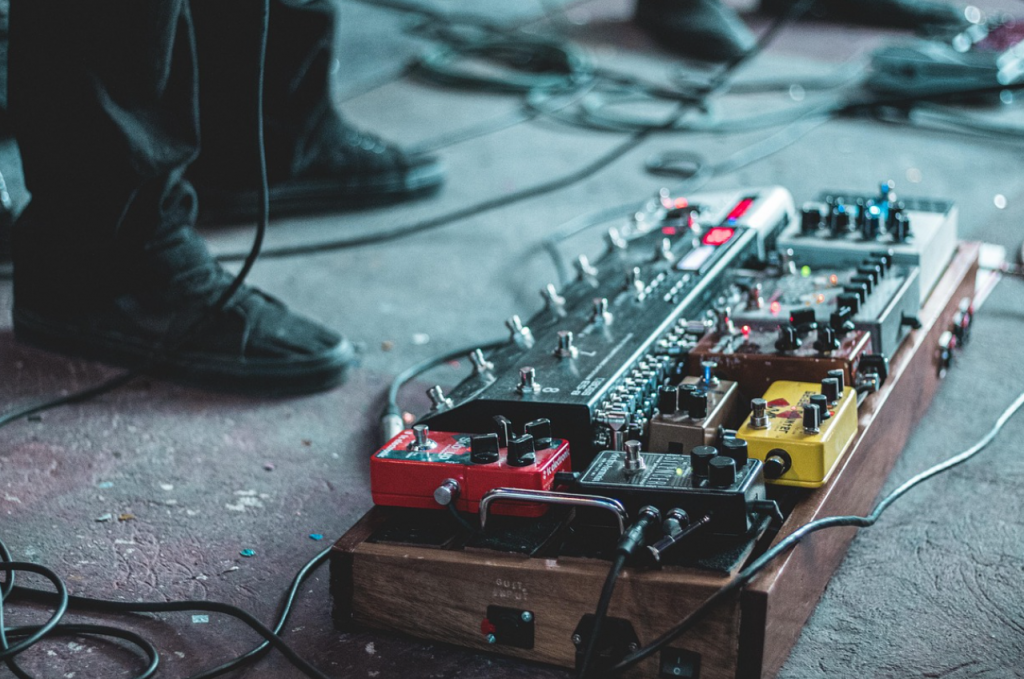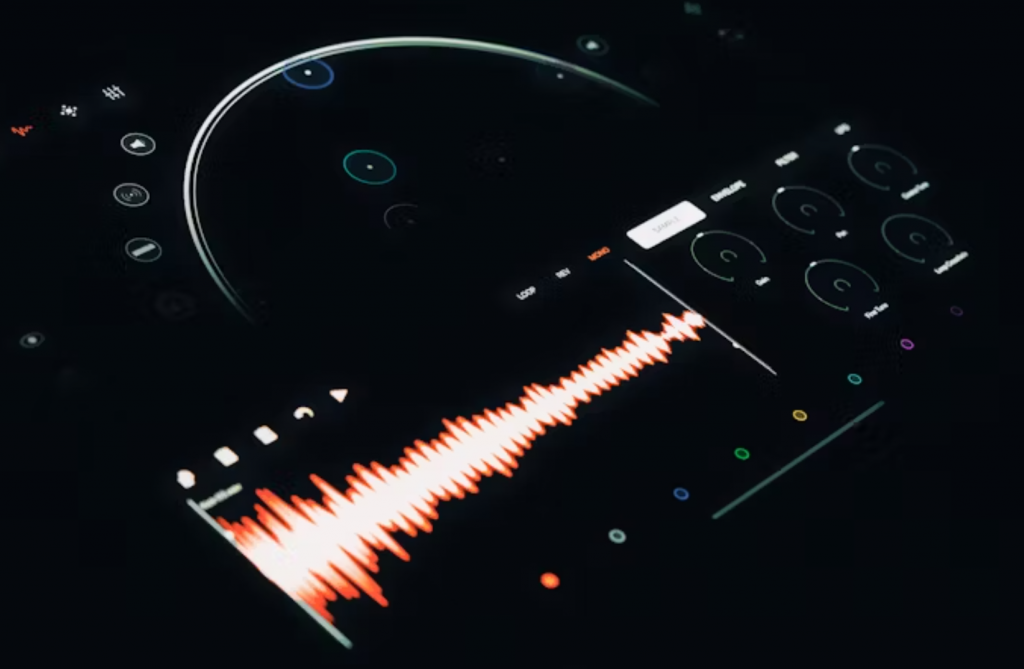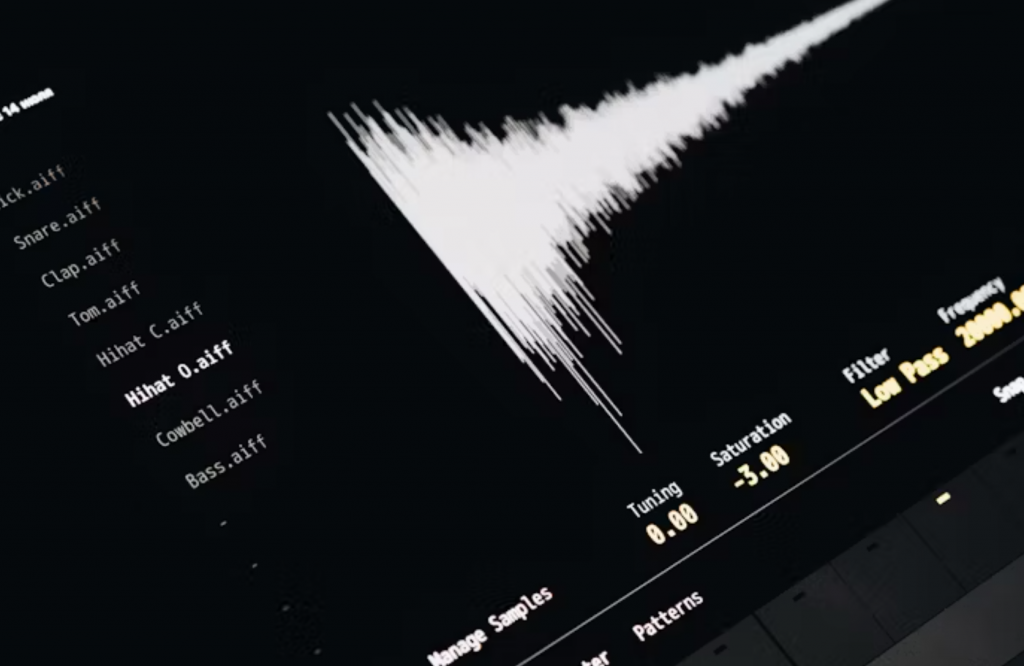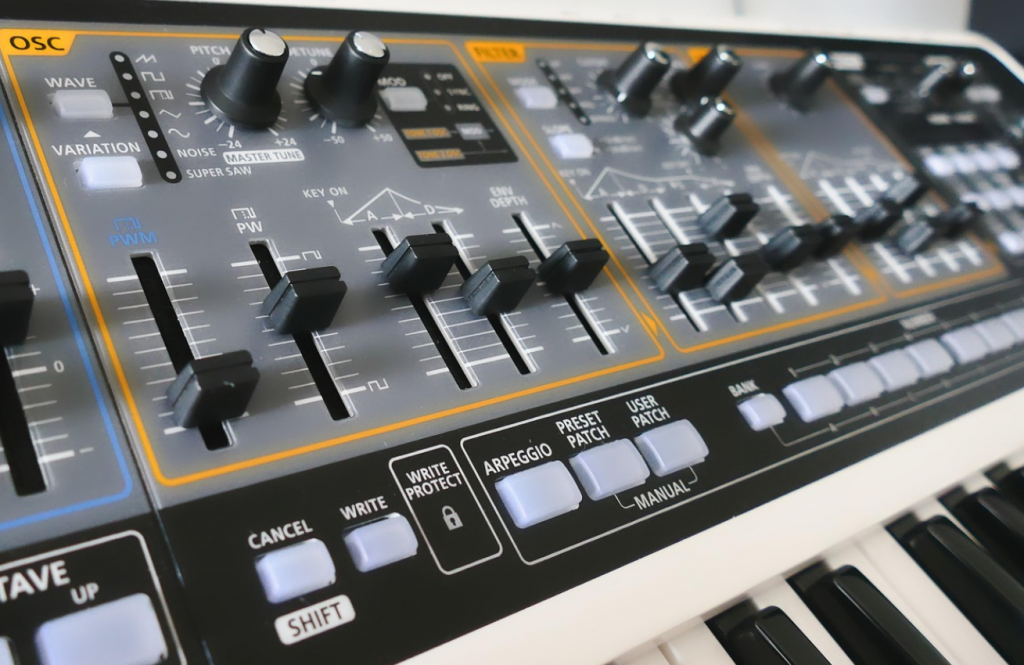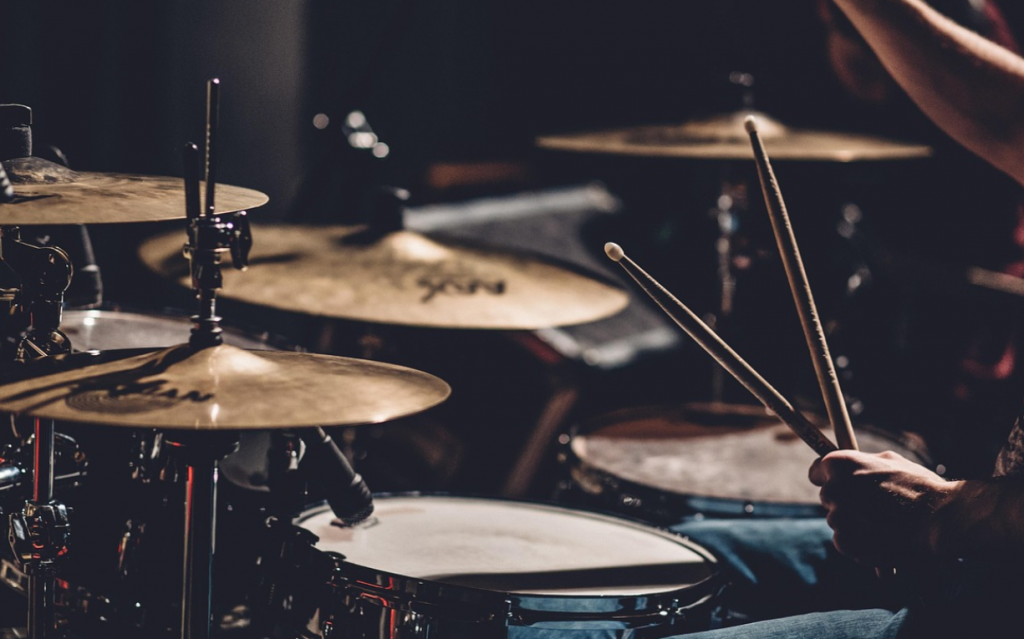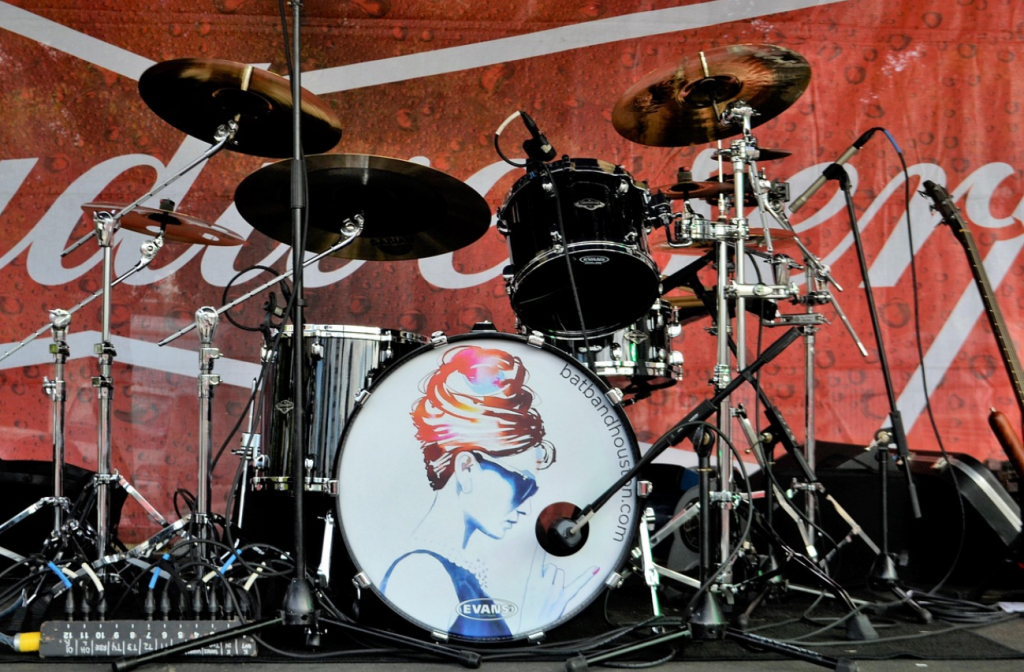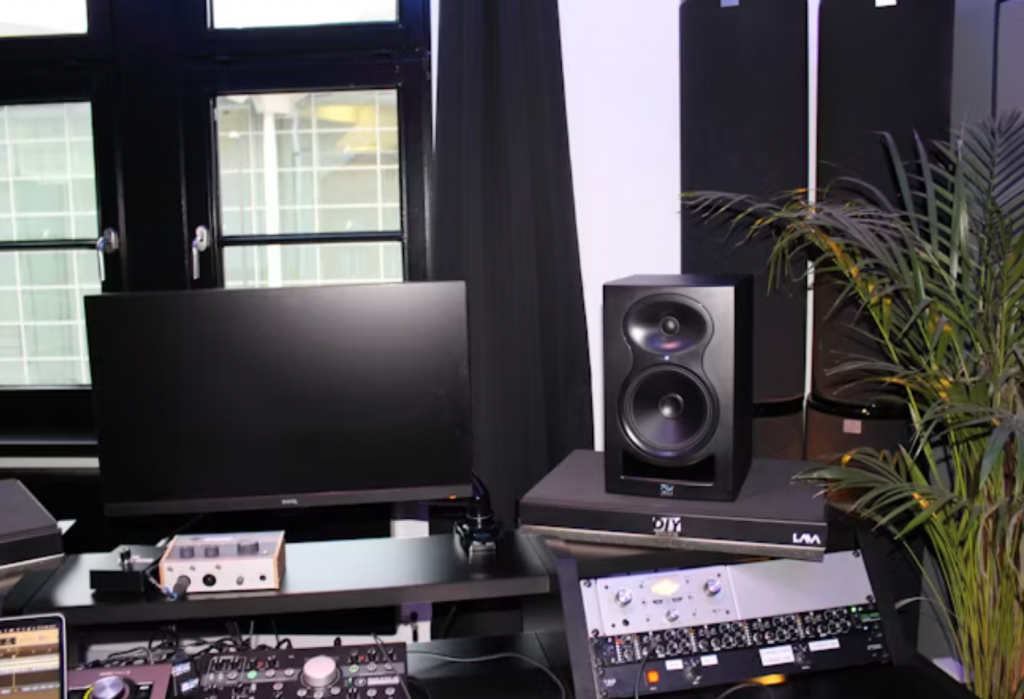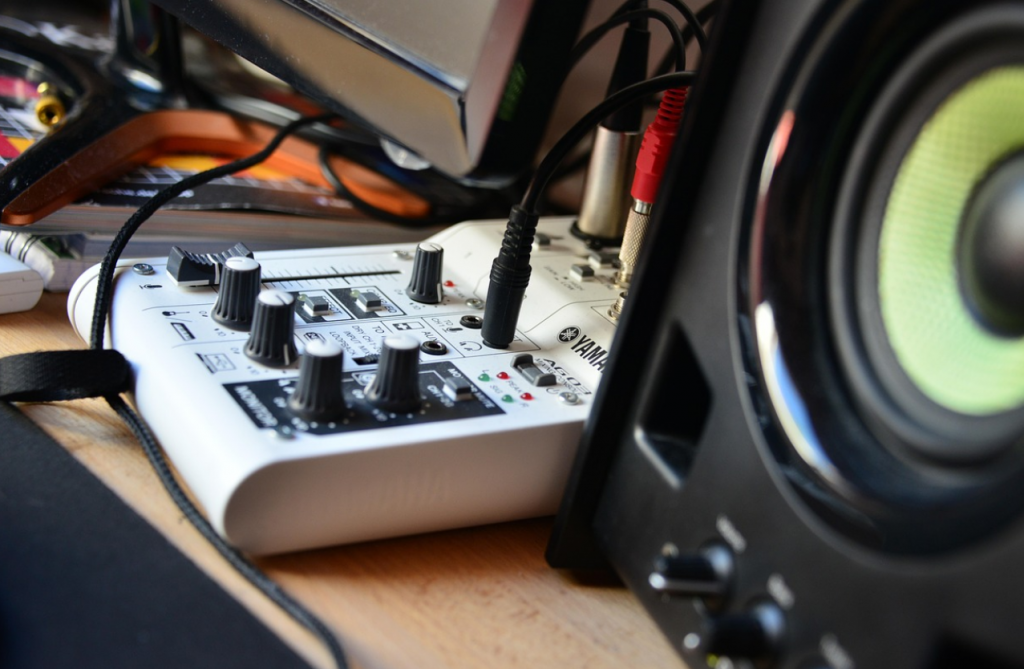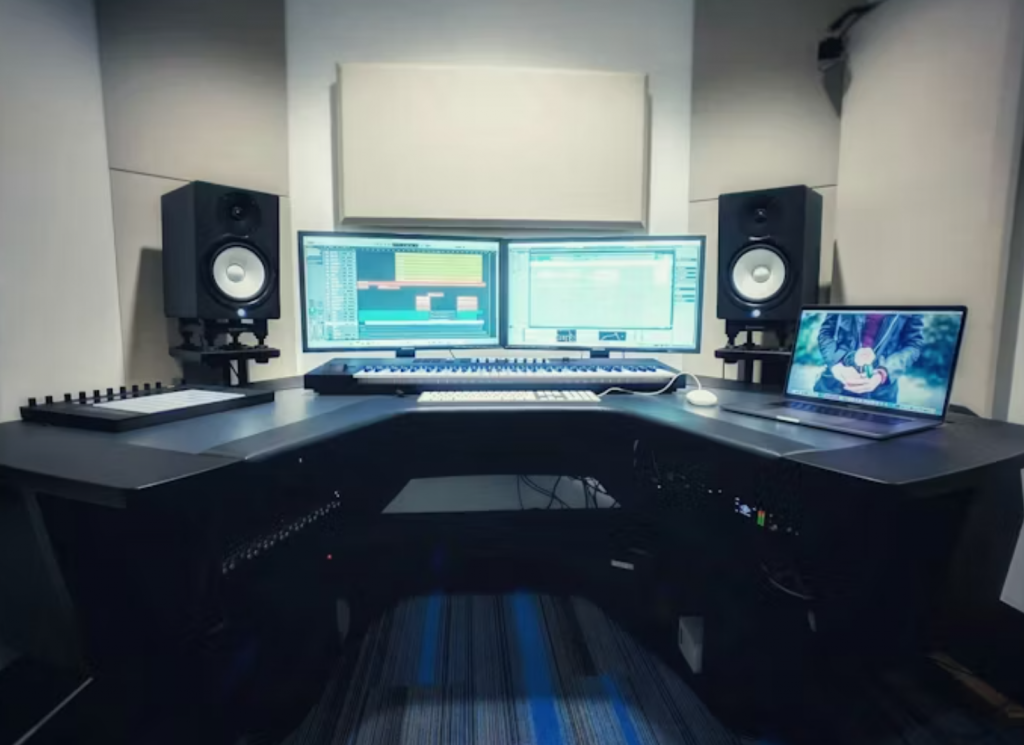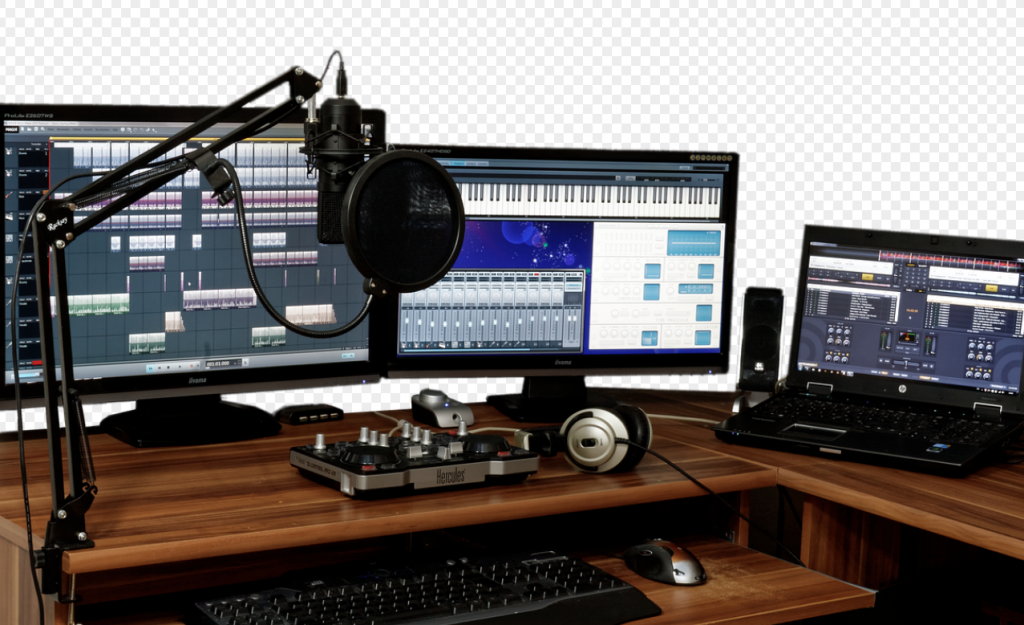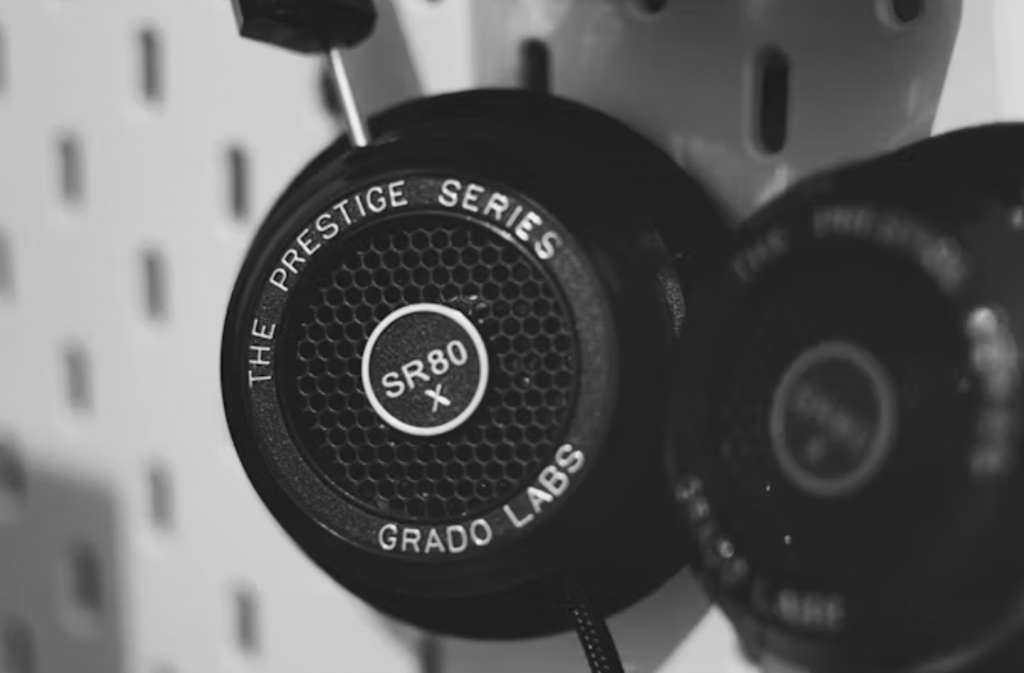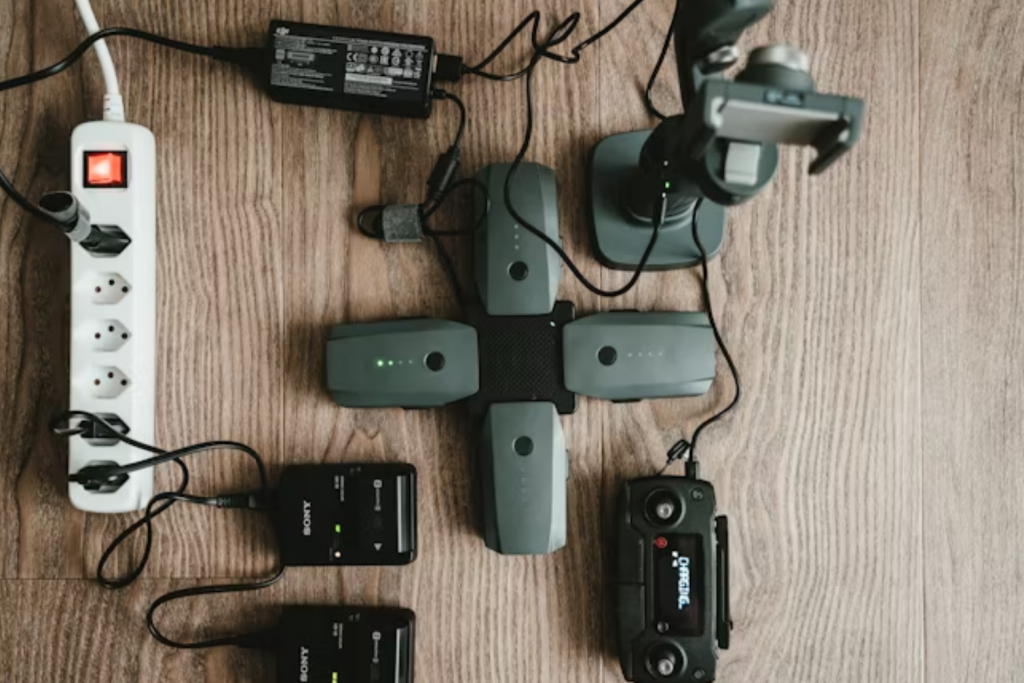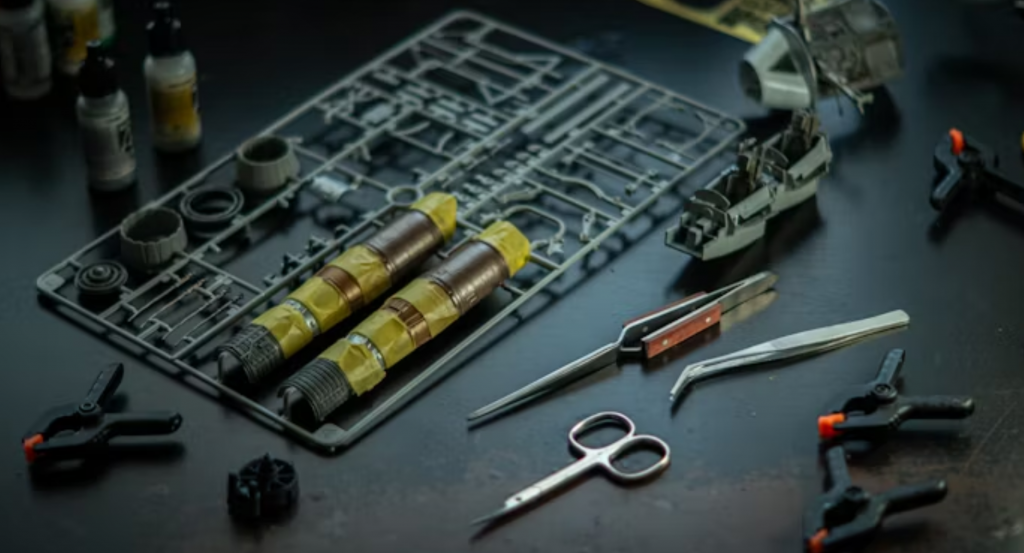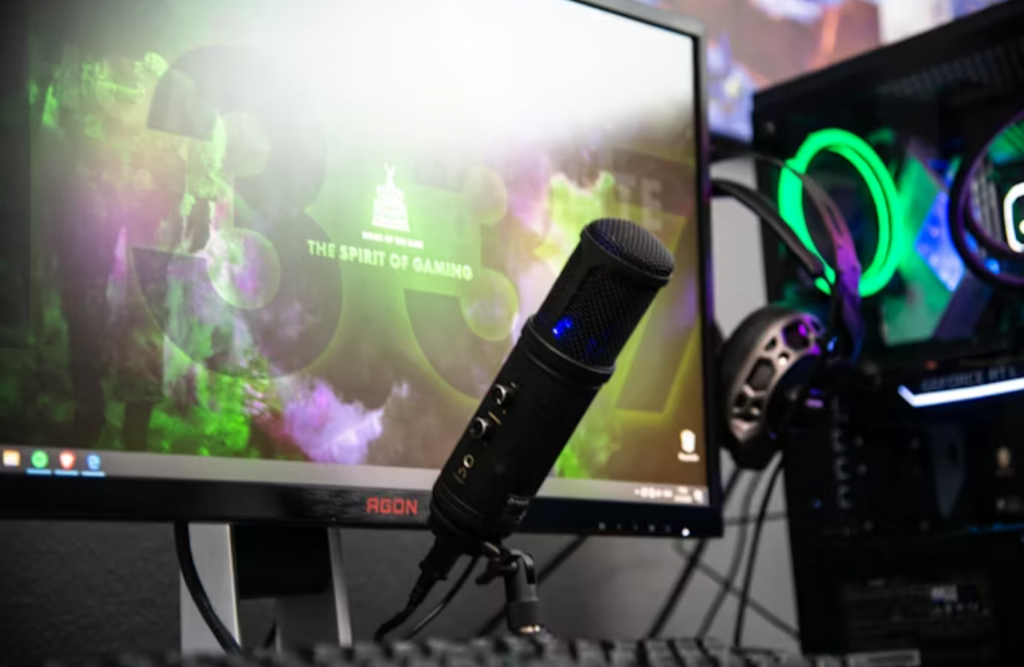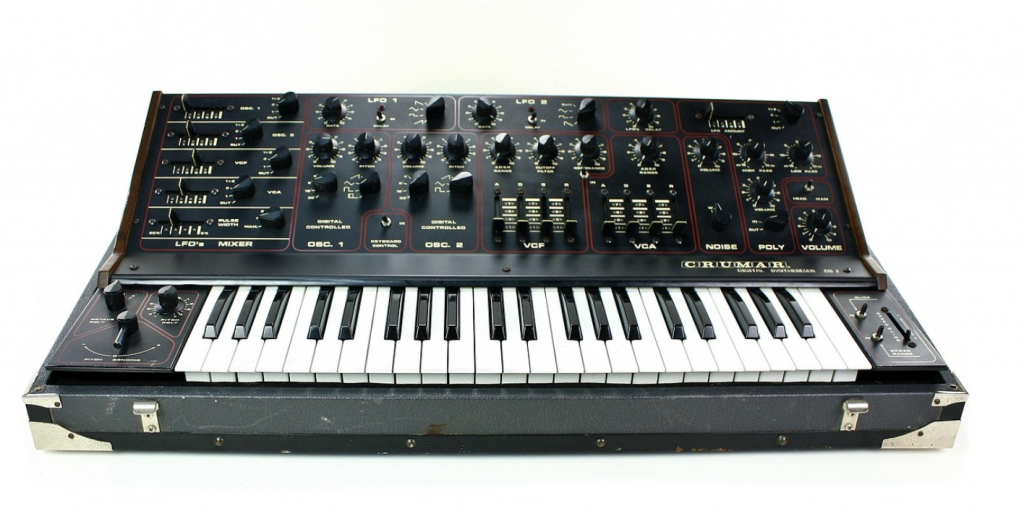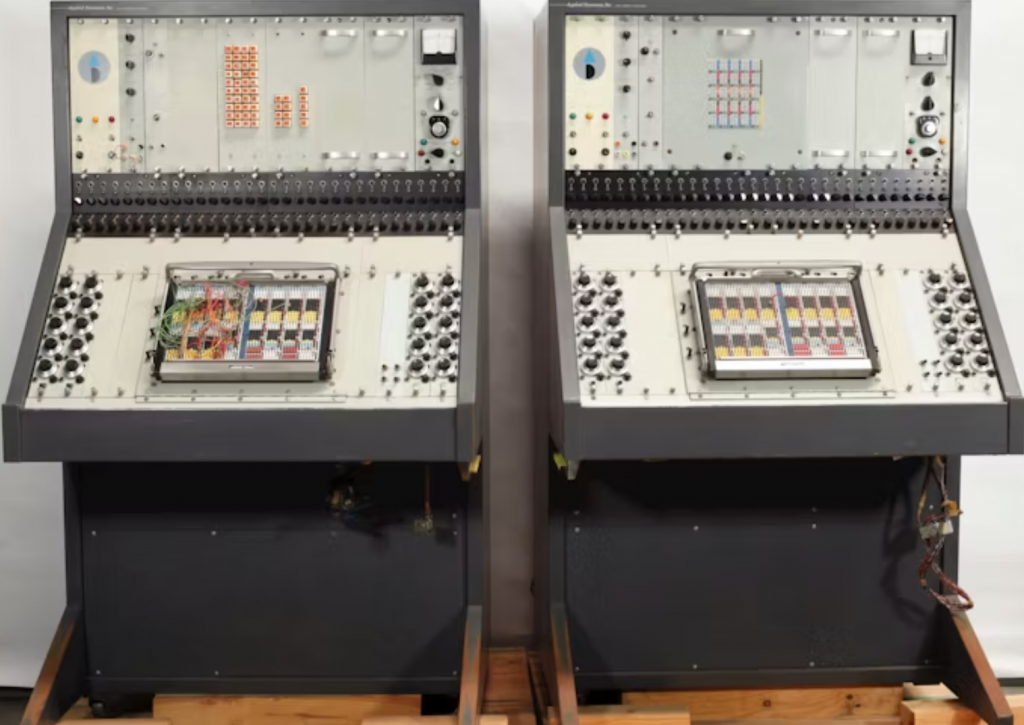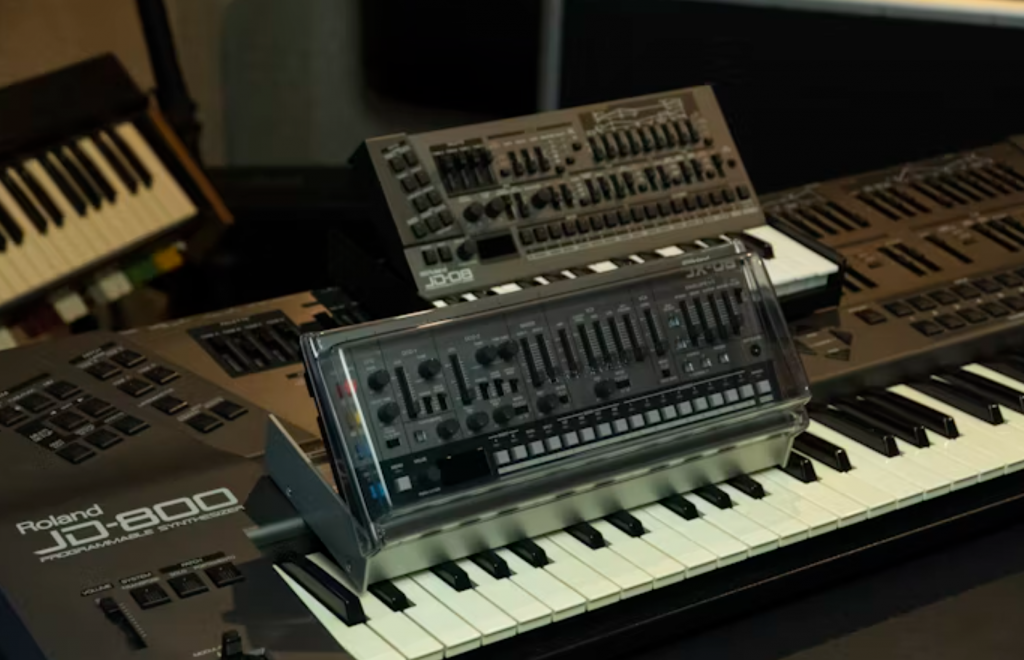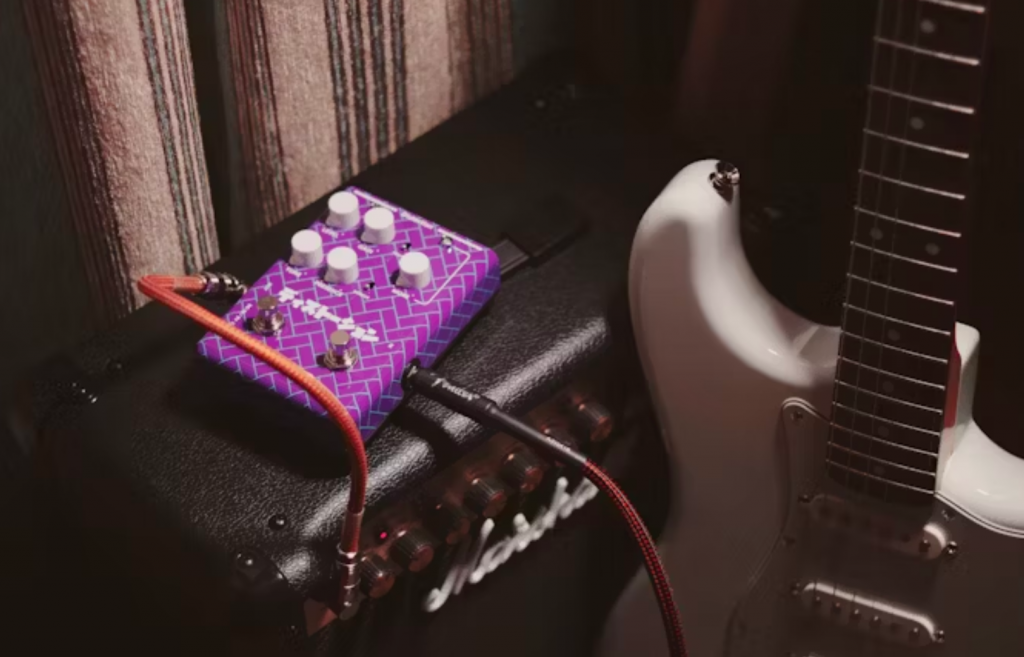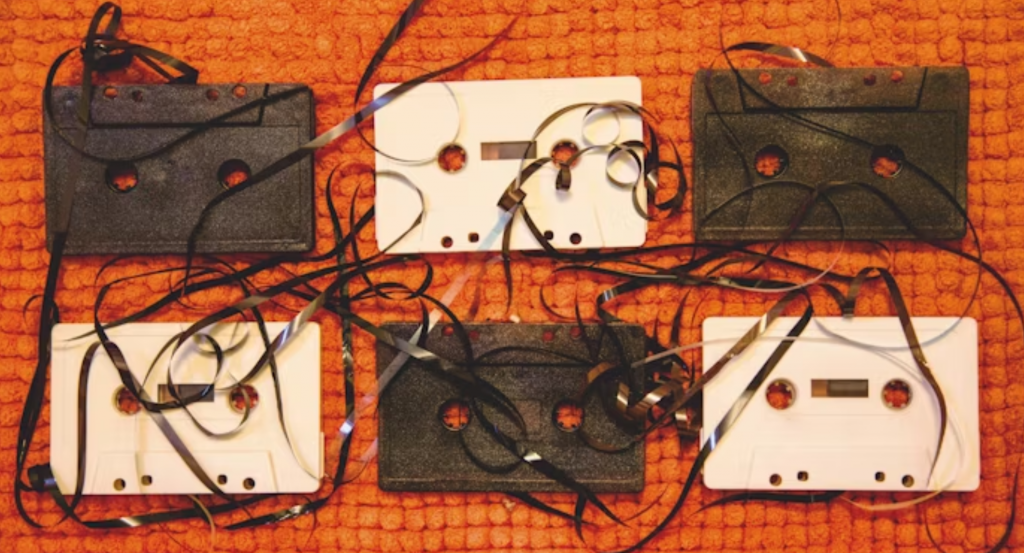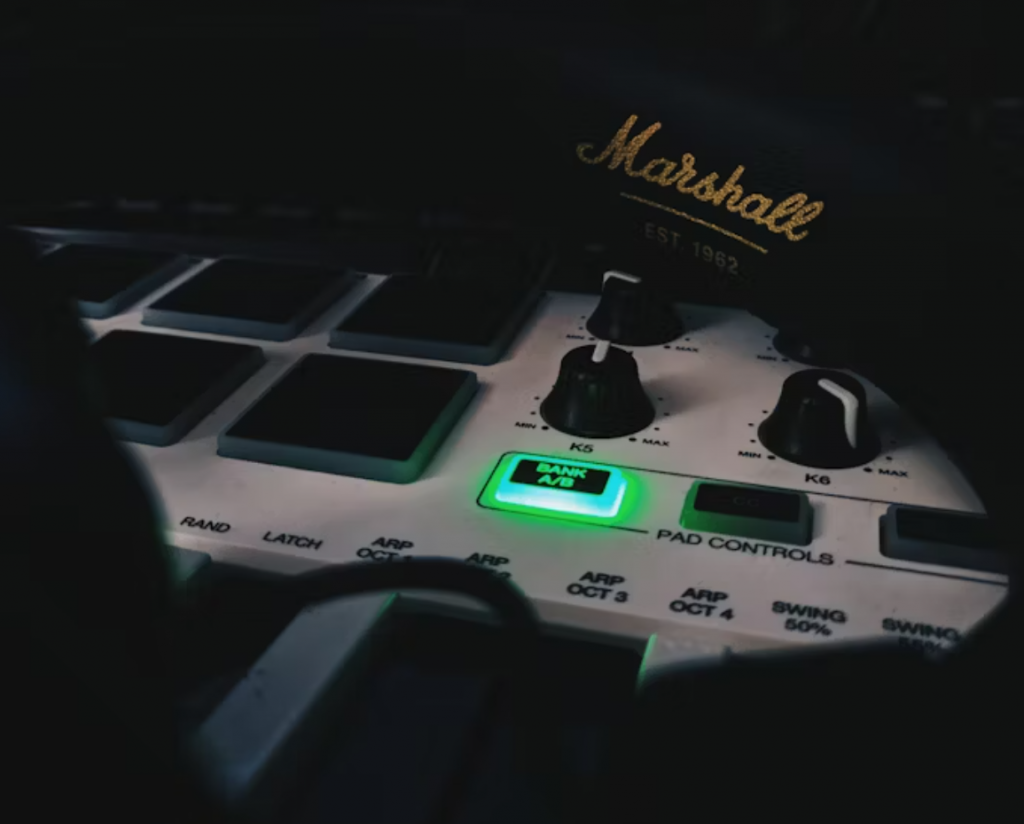Introduction to Black Friday 2024 Deals
Black Friday 2024 is just around the corner, and for musicians, audiophiles, and tech enthusiasts alike, it promises to be a huge event for scoring discounts on guitars, audio gear, and more. As always, brands are gearing up to offer substantial deals, but this year, there’s a twist: many of the deals have already been leaked! That’s right—thanks to insider sources and early promotional hints, you can now get a sneak peek at the best guitar and audio deals that will be up for grabs.
The Importance of Early Leaks
Why are early leaks such a big deal? For one, they give shoppers a heads-up on what’s coming, allowing them to plan their purchases ahead of time. These leaks help you strategize—whether you want to snag an acoustic guitar that’s been on your wishlist or upgrade your audio setup. Early leaks mean less scrambling when the deals officially drop, giving you a competitive advantage.
Why Guitar & Audio Deals Are Hot
In recent years, the demand for musical instruments and audio gear has surged, especially among aspiring musicians and content creators. Whether you’re a seasoned guitarist or a novice, everyone wants to get their hands on high-quality gear without breaking the bank. Black Friday is the perfect time to score these kinds of deals, with discounts often as high as 40% to 60% off regular prices.
Leaked Guitar Deals
So, what can we expect from Black Friday 2024 when it comes to guitars? Several popular brands have been spotted with significant price cuts, making it the best time of the year to make a purchase.
Major Brands to Look Out For
- Fender: Known for their iconic Stratocasters and Telecasters, Fender is a go-to for any guitarist looking for quality and style.
- Gibson: Famous for their Les Paul models, Gibson’s premium instruments are always a hit during Black Friday.
- Epiphone: Offering great value for money, Epiphone’s guitars are an excellent choice for both beginners and intermediate players.
- PRS (Paul Reed Smith): Known for their precision craftsmanship, PRS guitars are in high demand, especially during Black Friday.
Best Guitar Deals Expected
Leaked ads reveal that major guitar deals are expected across several categories. Here’s a look at what’s likely to be on offer:
Acoustic Guitars
If you’ve been waiting to get your hands on an acoustic guitar, Black Friday 2024 will not disappoint. Expect up to 50% off on top-tier models like the Martin D-28 or Taylor 314ce. These guitars combine exceptional sound quality with timeless craftsmanship, making them a steal during Black Friday sales.
Electric Guitars
Electric guitars are usually the star of Black Friday, and this year will be no different. Fender’s American Professional II Stratocaster and Gibson Les Paul Standard ’50s are among the standout models to watch for discounts. Early leaks suggest prices could drop by as much as 40%, allowing guitarists to get a legendary instrument at a fraction of the cost.
Guitar Accessories
In addition to guitars themselves, you can expect fantastic deals on guitar accessories. Leaked discounts indicate that pedalboards, guitar amplifiers, and cables will be included in Black Friday markdowns. Whether you need a new amp or a fresh set of strings, there’s sure to be a deal that fits your needs.
Leaked Audio Gear Deals
Audio gear enthusiasts are also in for a treat this Black Friday. From headphones to studio monitors, there are bound to be great deals for those looking to upgrade their setup.
Top Audio Equipment to Watch
Audio gear often gets overlooked in favor of guitars, but these items are just as essential for creating great sound. Here’s what you should be on the lookout for:
- Bose and Sony Headphones: Both brands are expected to feature significant discounts, with some models reaching up to 40% off.
- Focusrite Scarlett Audio Interfaces: Perfect for home studio setups, these interfaces are expected to see major price cuts this year.
- Yamaha Studio Monitors: Known for their accuracy and reliability, Yamaha’s monitors are on many audio creators’ wish lists.
Expected Discounts on Audio Gear
Many audio gear items are expected to see heavy discounts, with up to 50% off on some models. While the details are still vague, early leaks point to the following categories being well-represented in Black Friday sales:

Headphones
Top-tier headphones, especially from Bose, Sony, and Sennheiser, are expected to drop in price dramatically. Whether you’re a music lover or an audio engineer, these deals are a must-check.
Audio Interfaces
If you’re looking to set up a home studio, you can expect to see excellent deals on audio interfaces like the Focusrite Scarlett 2i2 and PreSonus AudioBox USB. These affordable, high-quality interfaces are key for anyone recording music at home.
Studio Monitors
If precision and clarity are important to your audio work, Yamaha’s HS8 Studio Monitors and similar models will be on sale. These monitors are a great investment for anyone serious about mixing and mastering music.
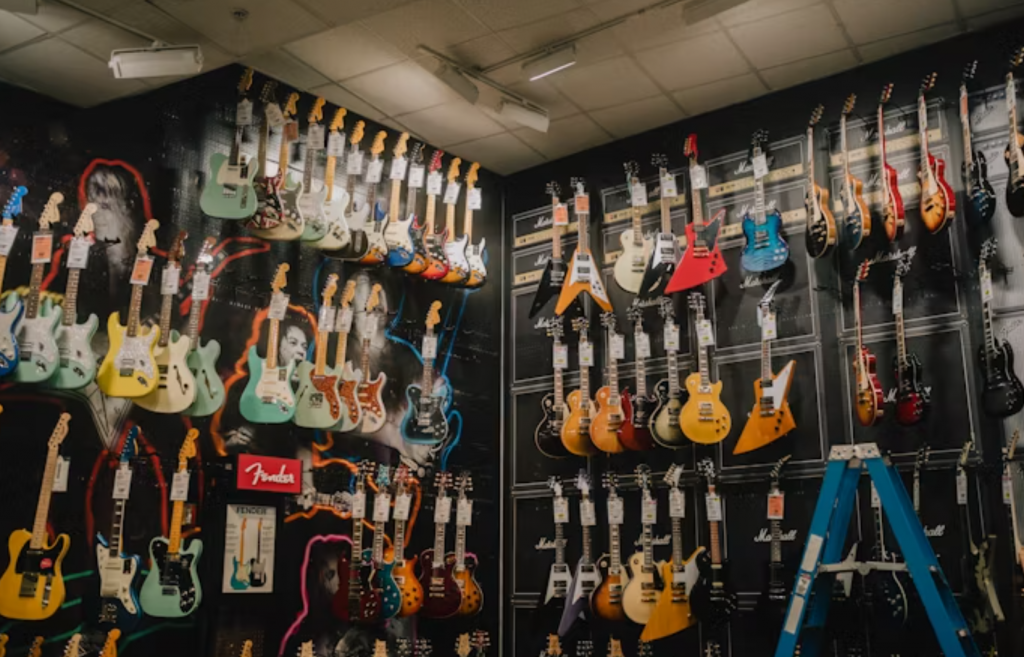
How to Get the Best Deals Early
It’s not enough to just know about the deals—it’s important to know how to snag them when they go live. Here are a few tips to ensure you get the best discounts.
Sign Up for Early Notifications
Many retailers offer early access to deals if you sign up for their email lists. You’ll get notifications the moment sales go live, ensuring you don’t miss out on any bargains.
Price Tracking Tools
You can also use price tracking tools like Honey or CamelCamelCamel to monitor prices on your desired products and get alerts when they drop. These tools are especially helpful when trying to get the lowest price possible.
Shopping Strategies for Black Friday
- Shop Early: Many deals are already available before Black Friday officially starts, so it’s smart to start your shopping early.
- Set a Budget: With so many deals, it’s easy to overspend. Make sure to set a budget and stick to it to avoid impulse buying.
- Use Credit Card Rewards: If you have a credit card that offers cashback or rewards, use it to maximize your savings.

Conclusion
Black Friday 2024 promises to be a fantastic event for guitarists and audio enthusiasts alike. With early leaks revealing some incredible deals on top-tier guitars and audio gear, now is the perfect time to start planning your purchases. From iconic guitars like the Gibson Les Paul to premium headphones and studio monitors, the deals this year are set to be some of the best we’ve seen in years. So, gear up, set your alerts, and be ready to score these once-a-year bargains!
FAQs
- What are the best guitar brands to look out for this Black Friday? Look for deals on Fender, Gibson, Epiphone, and PRS guitars for some of the best discounts.
- When do Black Friday 2024 deals start? Early deals often begin the week before Black Friday, with some going live even earlier. Make sure to check your favorite retailers for early bird specials.
- How can I ensure I get the best deal on audio gear? Sign up for early notifications, use price tracking tools, and shop early to catch the best audio gear discounts.
- Are accessories like guitar pedals also discounted on Black Friday? Yes! Many guitar accessories, including pedals, amplifiers, and cables, will see significant discounts.
- Will there be any bundle deals on guitars and audio gear? It’s highly likely that bundles will be available. Keep an eye out for special offers that combine guitars with amplifiers or headphones with audio interfaces.
